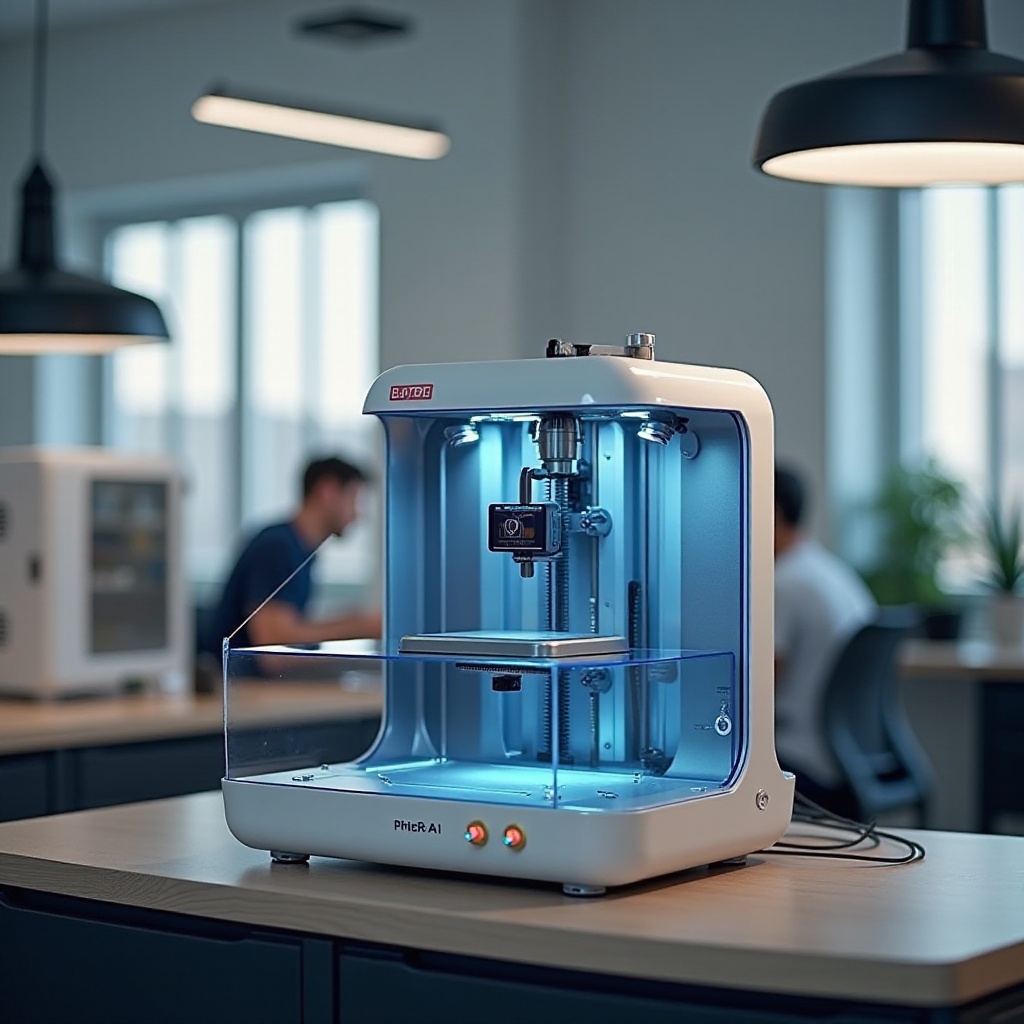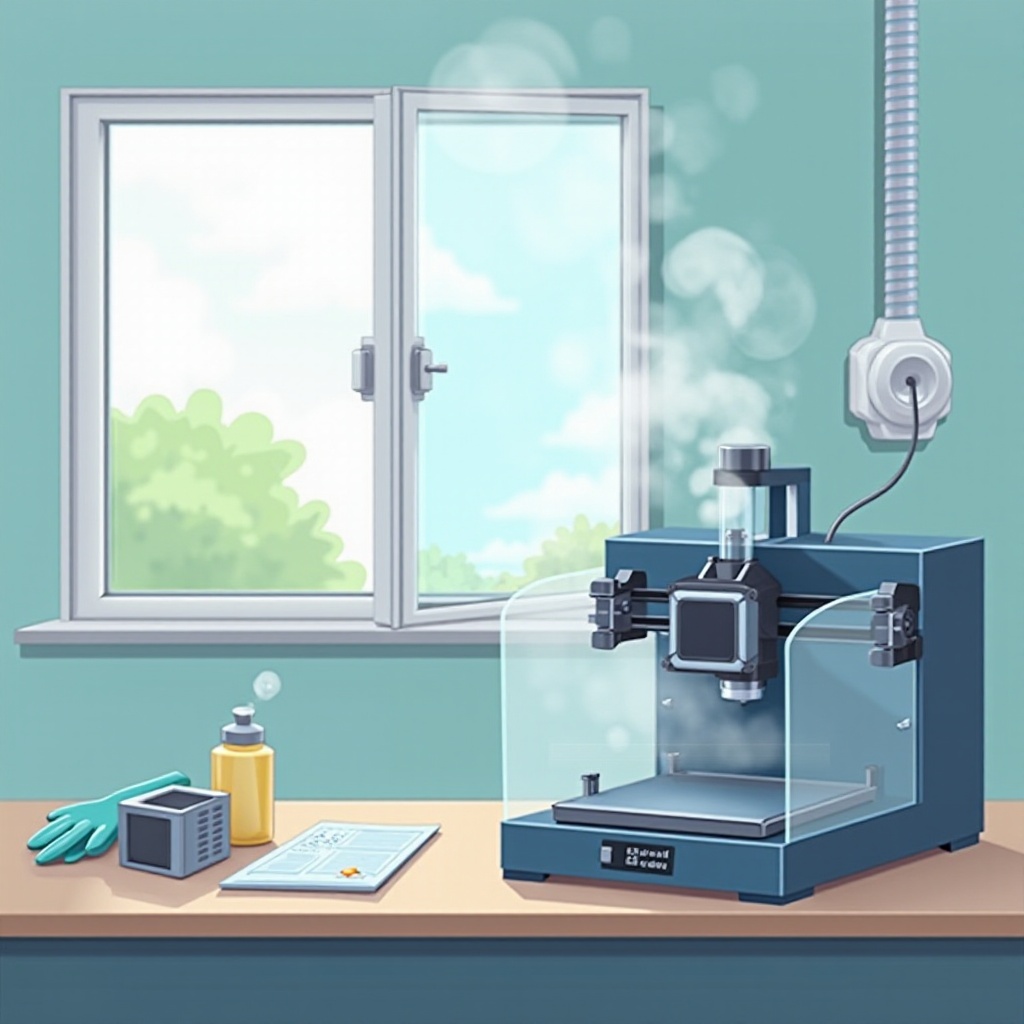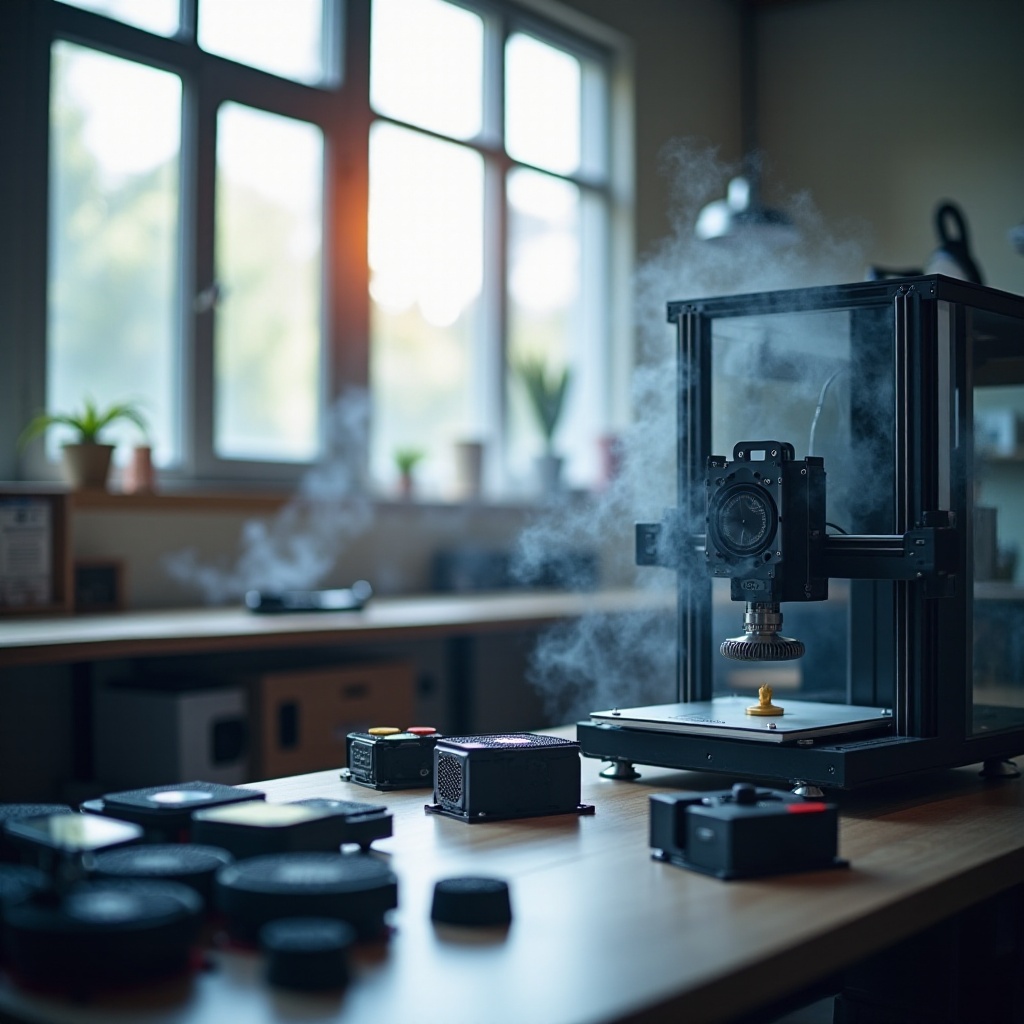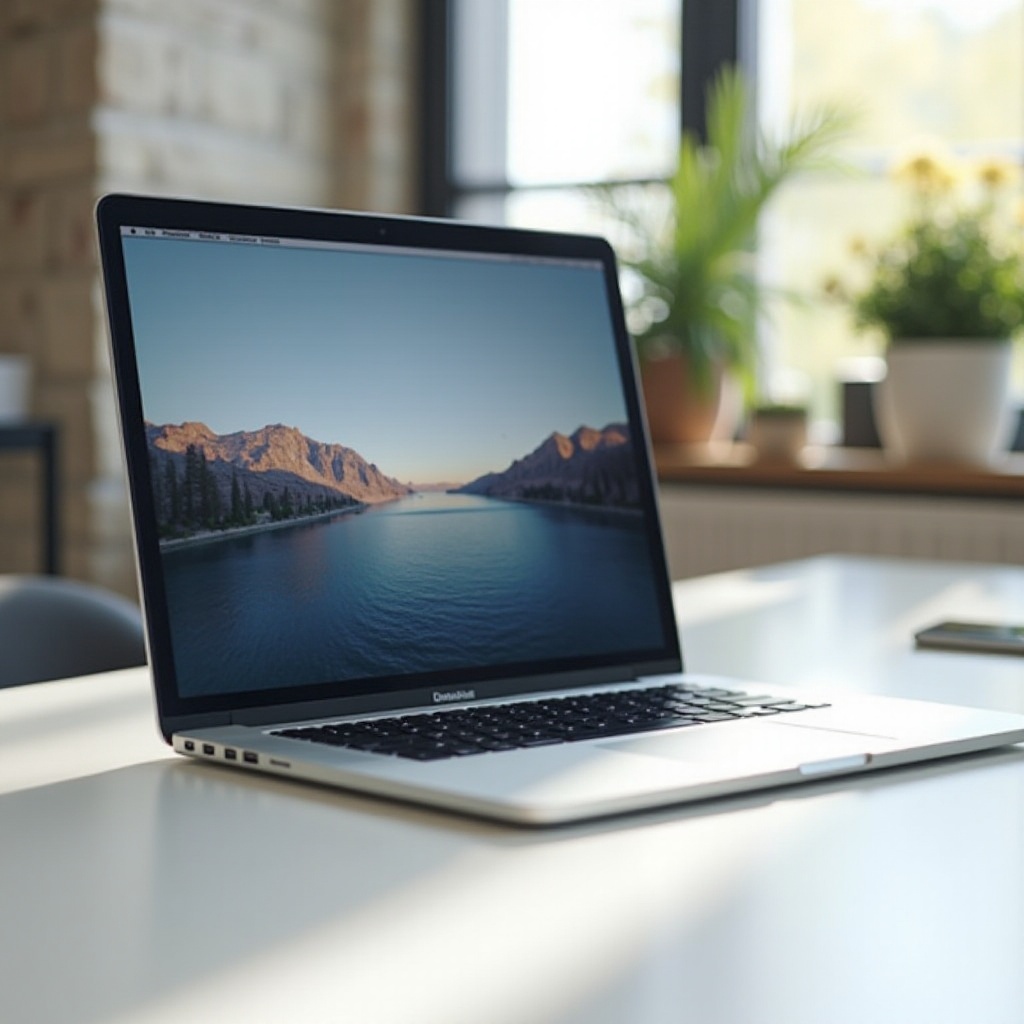Introduction
When setting up a 3D printing environment, one crucial consideration often overlooked is proper ventilation, especially for resin printers. Ensuring adequate ventilation is vital for safety and maintaining a healthy workspace. This article covers why resin printers need ventilation, the possible emissions and health risks, and how to set up an effective ventilation system to keep your printing area safe.

Understanding Resin Printers
Resin printers, also known as stereolithography (SLA) printers, use liquid resin cured by light to produce highly detailed and precise objects. Unlike traditional fused deposition modeling (FDM) printers that use filament, resin printers work through a process of photopolymerization. This process uses ultraviolet (UV) light to harden the resin layer by layer until the final object is formed.
The inherent differences in the printing mechanisms make resin printers capable of achieving intricate details, making them popular in industries requiring high precision. Due to the liquid resin and the curing process used, the need for proper ventilation becomes particularly significant. Understanding these functions is the first step in grasping why the ventilation of resin printers is crucial.
Emissions from Resin Printers
Resin printing, while technologically advanced, is not without its emissions. During the printing process, resin printers release volatile organic compounds (VOCs) and other particulate matter into the air. These emissions stem from the evaporation of the resin and the photopolymerization process. The presence of such compounds in your workspace can pose several risks if not properly managed.
VOCs are known for their ability to impact indoor air quality negatively. They include chemicals such as formaldehyde, benzene, and other aromatic hydrocarbons, which can linger in the air long after printing has completed. Despite advancements in resin formulation and printer design, emissions are an unavoidable part of the process.

Health Risks Associated with Resin Printing
The primary health risks connected to resin printing involve exposure to VOCs and particulate matter released during the printing process. Short-term exposure to high levels of VOCs can cause symptoms such as headaches, dizziness, respiratory irritation, and nausea. Long-term exposure could potentially lead to more severe health issues, including central nervous system damage and cancer.
Inhaling particulate matter from uncured resin may also irritate the eyes, nose, and throat. Skin contact with resin can cause allergic reactions, dermatitis, and other skin conditions. Therefore, mitigating these health risks is fundamental for anyone operating resin printers.
Importance of Proper Ventilation
Now that the risks associated with resin printing are clear, the implementation of proper ventilation becomes a non-negotiable aspect of a safe printing environment. Proper ventilation serves to dissipate the concentration of VOCs and particulate matter, effectively reducing their impact on indoor air quality and minimizing potential health hazards.
Good ventilation ensures a continuous supply of fresh air and proper removal of contaminated air. This constant air exchange not only keeps the environment safer but also contributes to maintaining the clarity and quality of the printed objects by reducing the risks of resin overexposure.

Setting Up an Effective Ventilation System
To set up an effective ventilation system for your resin printer, consider the following steps:
- Choose the Right Location: Place your printer in a well-ventilated room, ideally with windows that can be opened to allow fresh air to flow.
- Install Exhaust Fans: Position exhaust fans near the printer to directly remove contaminated air from the room. Exhaust fans should lead the air outside the building to ensure VOCs are adequately dispersed.
- Use an Enclosure: Enclose the printer in a case equipped with a vent to the outside. This can help contain emissions and direct them out of the workspace.
- HEPA and Carbon Filters: Incorporate High-Efficiency Particulate Air (HEPA) and activated carbon filters in your ventilation system to trap particulates and absorb VOCs.
- Regular Maintenance: Regularly check and replace filters as needed to ensure they are functioning effectively.
Additional Safety Measures
While ventilation is the cornerstone of safety in resin printing, additional precautions can further enhance safety:
- Personal Protective Equipment (PPE): Always wear gloves, masks, and goggles when handling resin to prevent skin contact and inhalation of harmful compounds.
- Resin Management: Handle and store resin following manufacturer guidelines, keeping containers tightly closed when not in use to avoid unnecessary emissions.
- Hygiene: Regularly clean your workspace and tools to minimize the build-up of resin and other contaminants.
Conclusion
Proper ventilation for resin printers is not merely recommended; it’s essential to safeguard your health and maintain an efficient, productive working environment. By understanding the emissions and health risks, and setting up an effective ventilation system, you can create a safe space for your resin printing activities. Coupling this with additional safety measures ensures that you stay protected while enjoying the full range of capabilities that resin printers offer.
Frequently Asked Questions
What Are the Dangers of Not Ventilating Resin Printers?
Without proper ventilation, the accumulation of VOCs and particulate matter can lead to serious health risks, including respiratory issues, skin irritation, and long-term toxicity.
Can I Use an Air Purifier Instead of a Ventilation System?
While air purifiers can help reduce VOCs and particulates, they should not replace proper ventilation. Effective ventilation systems remove contaminated air from the workspace, whereas purifiers only filter it.
How Often Should I Check My Ventilation System?
Regularly inspect and maintain your ventilation system, ideally every few weeks or more frequently if you print often. Replace filters as needed to ensure they are functioning optimally.

